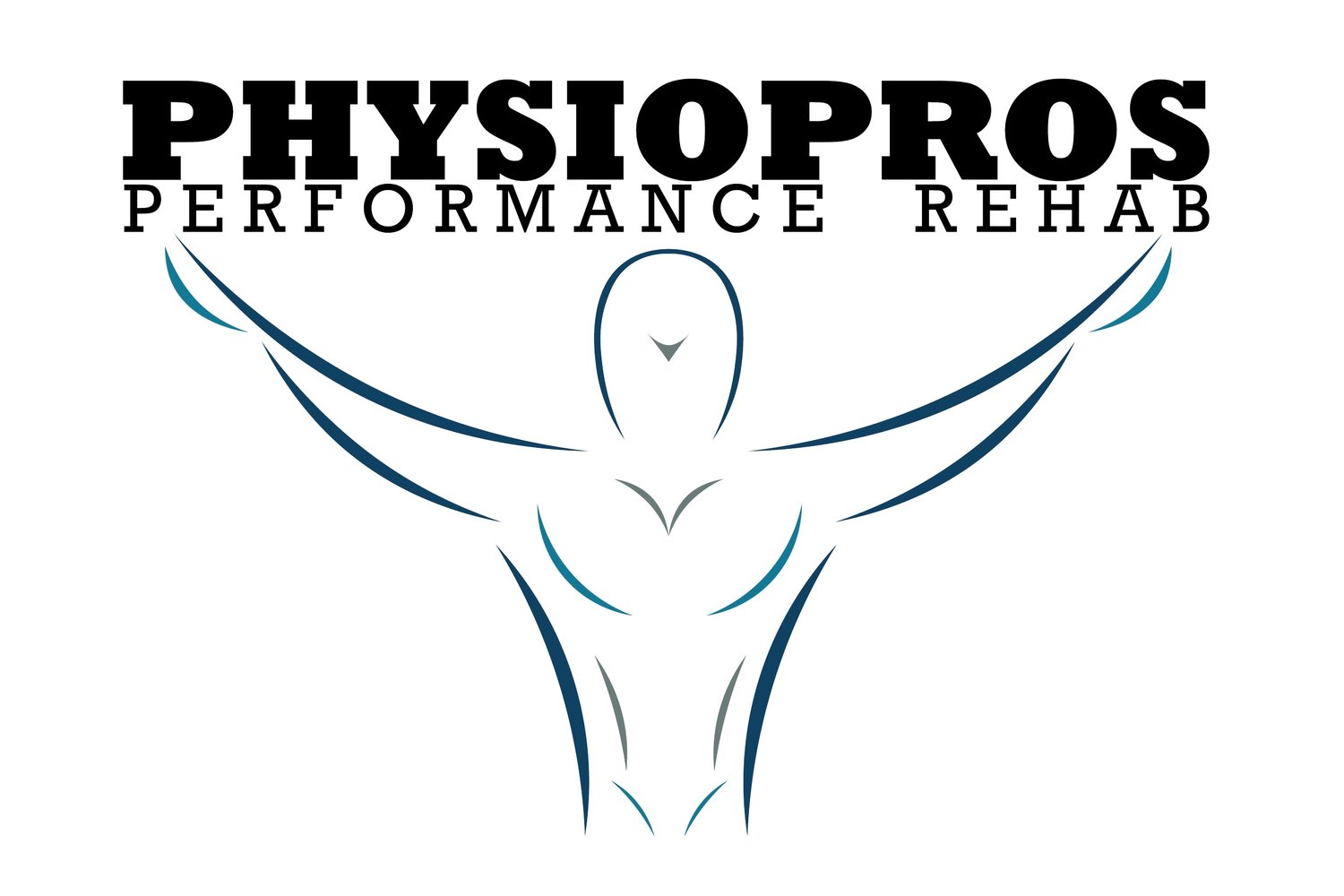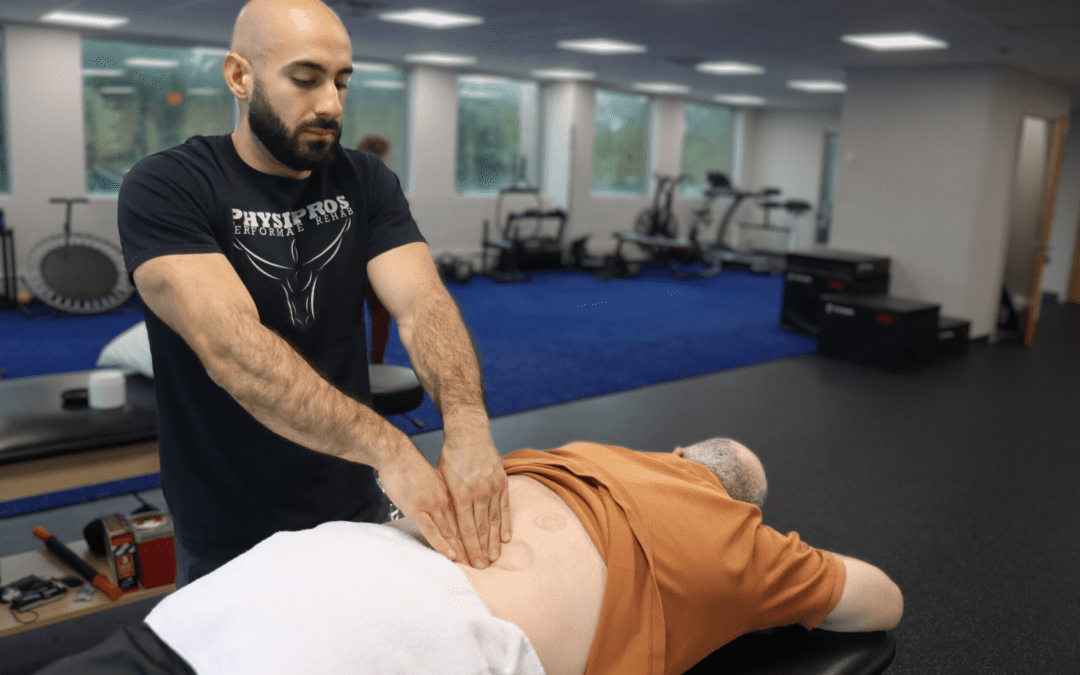Physical Therapy Massage Techniques: Understanding the Basics
Welcome to another blog from your go-to physical therapy place, Physiopros Performance Rehab, where we’re dedicated to your health and recovery journey with a focus on personalized care and cutting-edge therapies. In today’s blog, we’ll be exploring the foundational aspects of physical therapy massage techniques. For instance, whether you’re recovering from an injury, dealing with chronic pain, or simply aiming to improve your overall well-being, understanding these techniques can be pivotal in achieving your health goals. Join us as we uncover what physical therapy massage entails, its unique advantages, and gain insights into a typical session at our Parsippany, NJ office.
What is a Physical Therapy Massage
First off, physical therapy massage is a specialized form of treatment aimed at addressing musculoskeletal issues and promoting recovery. Unlike traditional massages meant for relaxation, physical therapy massage employs targeted techniques designed to alleviate pain, enhance mobility, and improve overall physical function. Definition: Specifically, it involves the manipulation of soft tissues such as muscles, tendons, and ligaments to facilitate healing and relieve discomfort. It is often integrated into a comprehensive treatment plan tailored to individual needs. Differences: Similarly, while both physical therapy massage and regular massages share the goal of promoting relaxation, physical therapy massage goes beyond by targeting specific areas affected by injury or dysfunction. In addition, our therapists at Physiopros Performance Rehab utilize their expertise to apply techniques that directly address your rehabilitation goals. Importance of Targeted Techniques: The precision of these massage techniques ensures that therapy is not only effective but also tailored to the underlying causes of your condition. This approach helps in reducing pain, restoring range of motion, and optimizing recovery outcomes. Application in Rehabilitation: For instance, whether you’re recovering from surgery, managing a chronic condition, or rehabilitating an injury, physical therapy massage plays a crucial role in enhancing your recovery process. By targeting problem areas and promoting tissue healing, it supports your body’s natural ability to heal and regain functionality.
Common Physical Therapy Massage Techniques
In fact, this type of massage employs a variety of specialized techniques aimed at addressing specific musculoskeletal issues and promoting recovery. At Physiopros Performance Rehab in Parsippany, NJ, we utilize the following key techniques to optimize your rehabilitation journey:
- Joint Mobilization. This technique involves gentle, passive movements of a joint to improve its range of motion and reduce stiffness. Therefore, it helps in restoring normal joint mechanics and function.
- Joint Manipulation. Also known as high-velocity, low-amplitude thrust (HVLA), manipulation involves quick, controlled movements to mobilize a joint. It’s effective for addressing joint dysfunction and alleviating pain.
- Soft Tissue Mobilization. Specifically, this technique focuses on manipulating soft tissues such as muscles, tendons, and ligaments. Furthermore, it helps in breaking down scar tissue, improving circulation, and reducing muscle tension.
- Myofascial Release. Targets the fascia, a connective tissue that surrounds muscles and organs. This technique aims to release tension and tightness within the fascia, promoting better muscle function and flexibility.
- Scar Mobilization. Often used post-surgery or after injury, scar mobilization involves techniques to reduce scar tissue adhesions, improve tissue alignment, and restore normal movement patterns.
- Traction. Involves gently pulling or stretching specific parts of the body. It’s beneficial for relieving pressure on spinal discs, reducing nerve root impingement, and improving spinal alignment.
- Trigger Point Release. Focuses on releasing trigger points, which are hyperirritable spots in muscles that can cause pain. Techniques include applying pressure or stretching to deactivate these points and alleviate discomfort.
- Instrument-Assisted Soft Tissue Mobilization (IASTM). Uses specialized tools to treat soft tissue restrictions. It helps in breaking down scar tissue, reducing inflammation, and promoting healing without causing excessive discomfort.
Benefits of Physical Therapy Massage
Indeed, physical therapy massage offers a wide range of benefits that contribute to overall health and well-being. At Physiopros Performance Rehab, we emphasize these advantages as integral components of your treatment plan:
- Pain Relief and Management
- Techniques such as trigger point release and myofascial release target areas of pain and tension, providing relief from acute and chronic pain conditions.
- Reducing muscle tightness and improving circulation, these techniques help alleviate discomfort and enhance your ability to participate in daily activities with greater ease.
- Improved Flexibility and Range of Motion
- Soft tissue mobilization, joint mobilization, and stretching techniques are instrumental in improving joint flexibility and range of motion.
- These interventions help restore normal movement patterns, reduce stiffness, and enhance overall joint function, allowing you to move more freely and efficiently.
- Enhanced Circulation and Muscle Recovery
- Both, myofascial release and soft tissue mobilization techniques promote increased blood flow to affected areas, facilitating faster healing and recovery.
- Improved circulation helps deliver essential nutrients and oxygen to tissues while removing metabolic waste products, enhancing tissue repair and reducing recovery time.
- Stress Reduction and Mental Well-being
- It is not only beneficial for physical health but also for mental relaxation and stress reduction.
- In addition, techniques like joint mobilization and myofascial release can induce a sense of relaxation, improve sleep quality, and reduce anxiety levels, promoting overall mental well-being.
- Rehabilitation and Injury Prevention
- Ultimately, addressing muscle imbalances, reducing scar tissue formation, and improving joint mechanics, physical therapy massage plays a critical role in rehabilitation.
- These techniques help prevent future injuries by optimizing biomechanical function and enhancing overall musculoskeletal health.
FAQ
Q: How often should I get a physical therapy massage?
- A: The frequency of physical therapy massages depends on your specific needs and treatment goals, your therapist at Physiopros Performance Rehab will create a personalized plan that suits your needs.
Q: Is physical therapy massage painful?
- A: Although, some techniques may cause temporary discomfort, it’s important to communicate with your therapist. They can adjust the pressure to ensure the massage is effective yet comfortable. The goal is to alleviate pain, not cause it.
Q: Can I combine physical therapy massage with other treatments?
- A: Certainly, this massage is often most effective when combined with other treatments such as exercise therapy, manual therapy, and modalities like dry needling or cupping. Your therapist will design a comprehensive treatment plan to maximize your recovery. To see what to expect when visiting our clinic, check out this video: Physical Therapy Session.
Q: What should I wear to my physical therapy massage session?
- A: Wear comfortable, loose-fitting clothing that allows easy access to the areas being treated.
Q: Will I see immediate results after a physical therapy massage?
- A: Although, some patients experience immediate relief, others may notice gradual improvements over several sessions. The effectiveness of the massage can vary depending on the nature and severity of your condition.
Q: How do I know if physical therapy massage is right for me?
- A: Undoubtedly, if you’re experiencing pain, limited mobility, or recovering from an injury, physical therapy massage could be beneficial. Schedule a consultation with our team at Physiopros Performance Rehab to discuss your symptoms and determine the best course of action for your needs.
In Conclusion
Finally, by addressing these common questions, we hope to provide clarity and confidence in choosing physical therapy massage as part of your treatment plan. Therefore, we invite you to experience the transformative benefits of a physical therapy massage at our Parsippany, NJ clinic. Furthermore, our skilled therapists are here to create a personalized treatment plan tailored to your specific needs. Don’t hesitate to reach out to us with any questions or to schedule your next session. For more information or to book an appointment, contact Physiopros Performance Rehab today or call us at 973-265-8621. Also, follow us on Instagram at: physioprospt for more tips, updates, and insights into how we can help you live your best life. Ultimately, we look forward to being part of your health and wellness journey!

